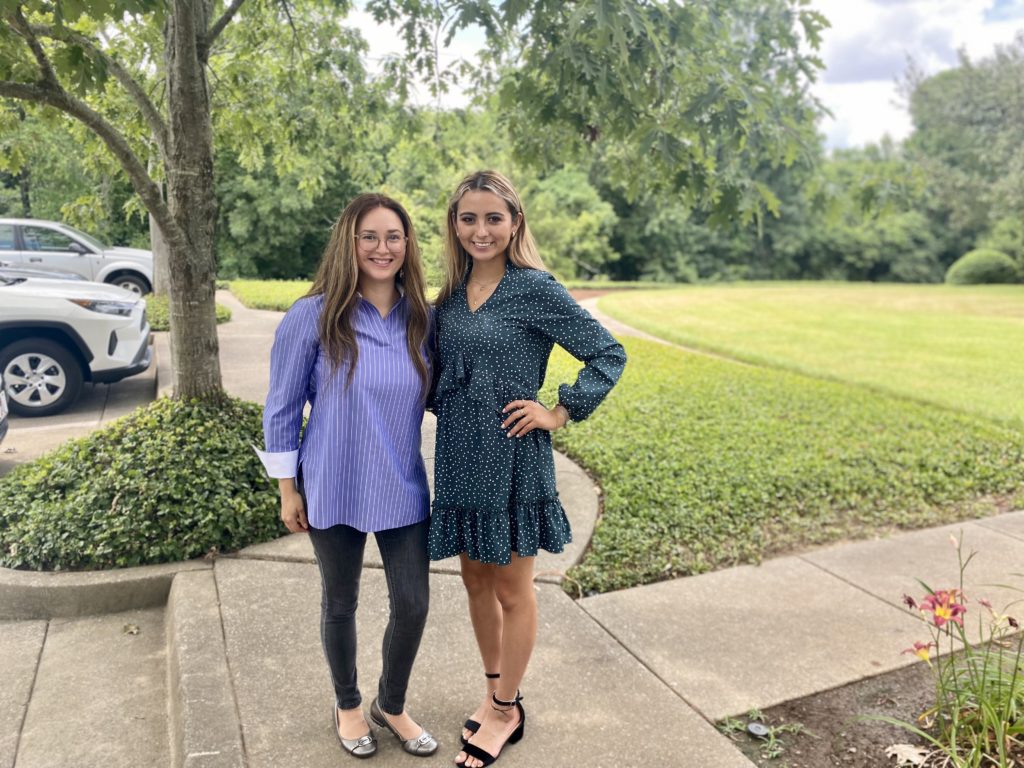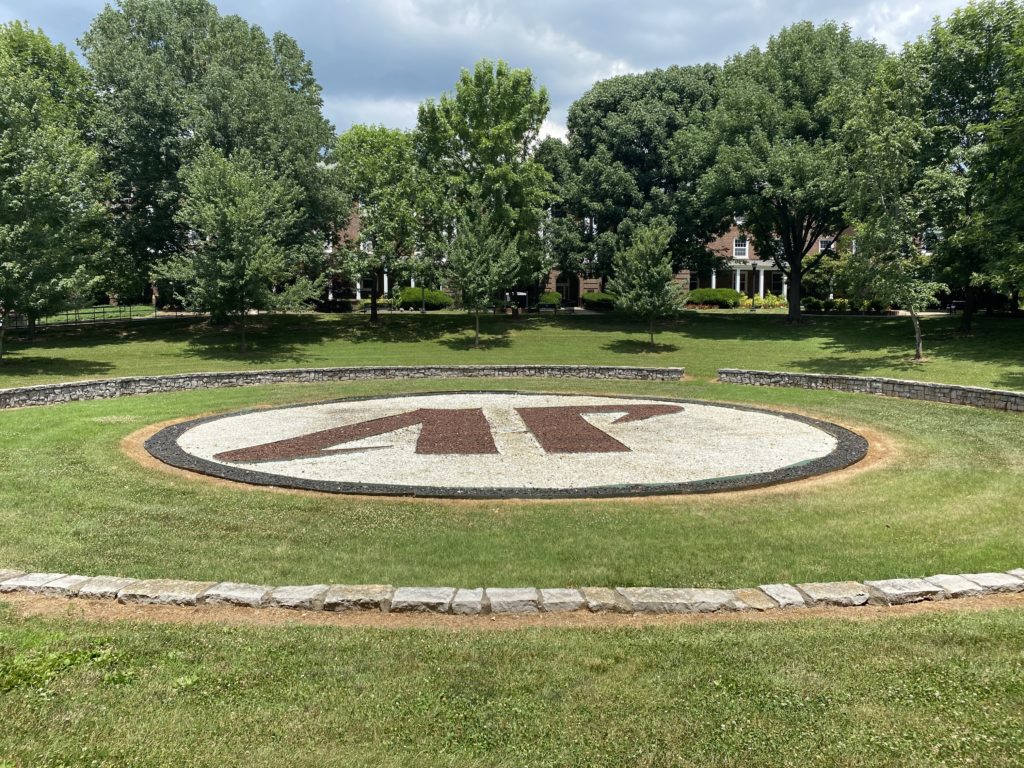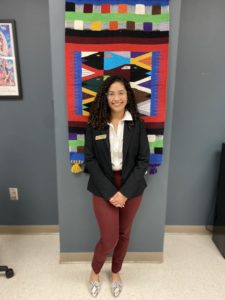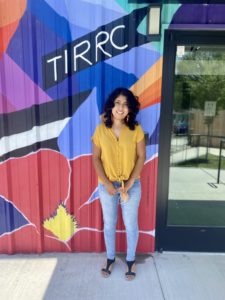
Jennifer Novo knows firsthand what the experiences are for many Latino students who choose to go to college.
It isn’t just because she’s heard thousands of stories while working in higher education for the past two decades. It’s because she’s lived some of them.
“When I started going to college, I began working,” says Novo, the executive director of Tennessee college success nonprofit FUTURO. “My paycheck went towards my parents.”
The process of enrolling and staying in college is already complicated. But there are even more barriers for many of Tennessee’s Latino students. Novo says it’ll take a combination of university and policy changes to make college more accessible.
This is in addition to addressing the lack of Latino representation in career fields and dealing with biases like standardized testing in the enrollment process, she says. Some research shows that test scores aren’t an accurate predictor of college success, and Latino students, in general, don’t score as high on admissions exams as their white and Asian peers. At times, this makes them ineligible for scholarships.
FUTURO supports a network of more than 500 alumni and 200 students, many of whom work more than 20 hours per week while juggling classes. Culturally, many graduates are expected to go straight into the workforce in order to support their families.
“For many of them, they will be the first in their families to go to college,” says Novo. “They don’t know anyone other than maybe their teachers who are college graduated. Or perhaps even their doctors.”
Focus on recruitment and retention
All these factors impact college-going rates. According to education nonprofit SCORE, half of Latino students who take steps to enroll in public college after graduating don’t show up to class in the fall. And only about one in five of the state’s Latino residents have an associate degree or higher, according to the Education Trust in Tennessee.
The Education Trust only considers half of public campuses truly accessible to Latinos who want to go to college. Many campuses don’t offer adequate mentoring and support to students once admitted, the organization says. It’s not uncommon for Latino students to rely on community groups like FUTURO during their time in college.
There is a small bright spot, however, at Austin Peay State University in Clarksville. The college makes it a point to provide Spanish language materials and embed into the community as part of its recruitment efforts.
 Damon Mitchell WPLN News
Damon Mitchell WPLN NewsA campus landscape design highlights the initials of Austin Peay State University on a large lawn.
“I feel like all of that has something to do with access,” says Yanaraliz Barnes, who oversees the university’s Latino Community Resource Center. “Specifically, with Latinx families, when one of us comes, all of us come along.”
In addition to setting up onboarding support, Barnes builds relationships with students when they get to campus. She connects them to resources like tutoring services, and puts on cultural celebrations, like salsa dancing, to make them feel welcomed.
“For next semester, we’re also trying to open the center later, once a week,” says Barnes, “and have not only space for them to study, but also working with our psychology department to work on free group counseling sessions.”
Since 2012, Austin Peay’s population of Latino students has grown almost every year. The exception was in 2020, when, like many other colleges across the country, the university had an overall drop in enrollment. The number of Latino students dropped to 820 from 855 the year prior.
More: Learn more about Austin Peay State University’s enrollment trends.
A 2021 higher education report by SCORE says the Austin Peay “served the highest percentage of Hispanic students of any four-year institution” in the state. At the same time, however, SCORE also says the university “had the lowest Hispanic student persistence rate of any four-year institution.”
 Damon Mitchell WPLN News
Damon Mitchell WPLN NewsYanaraliz Barnes
And not every Latino student has access to public colleges like Austin Peay in the first place.
Undocumented students face additional hurdles
Just ask 22-year-old DACA recipient and Cumberland University graduate Allie Garcia. Her parents came to the U.S. from Central Mexico when she was a child.
As an undocumented student, she couldn’t access in-state tuition, federal financial aid, or the state’s free tuition programs, and she says she didn’t receive as much support as her peers.
“In high school, I didn’t have the proper help from my counselors to be able to know how to enroll into college,” says Garcia. “I actually enrolled for Tennessee Promise. And right before college started, I was told that I wasn’t able to get Tennessee Promise.”
She leaned on her American godmother to get things done, Garcia says. She had to rely on scholarships and help from nonprofit Equal Chance for Education to make college affordable.
Education advocates have tried to change Tennessee laws so that undocumented students can receive in-state tuition, but previous attempts have failed in the state legislature.
“We have tried to challenge that for a decade now,” says Jazmin Ramirez, a community organizer at the Tennessee Immigrant & Refugee Rights Coalition.
 Damon Mitchell WPLN News
Damon Mitchell WPLN NewsJazmin Ramirez
Ramirez works primarily with undocumented students and DACA recipients. She says many of them only have the option of attending private colleges, which sometimes offer more financial assistance.
“When I graduated high school, I was accepted into a lot of public universities,” says Ramirez. “I took a year off because I could not find a way to afford it.”
Ramirez ended up enrolling at Trevecca Nazarene University in Nashville, a private Christian college. The university offered her the most financial aid, but she still had to work three to four jobs to afford her full tuition.
Novo, with the nonprofit FUTURO, says it’s up to state and university leaders to address these issues.
She says to make college more accessible to all Latino students, campuses need to more counselors trained to work with undocumented kids, reduce the role of standardized testing and provide more financial assistance for adults pursing a degree.
Tennesseans, she says, will be better off when Latino students have the same chance to get a degree as their peers.
“Who knows what technologies will be out there?” says Novo. “Who knows what advances in medicine?”

